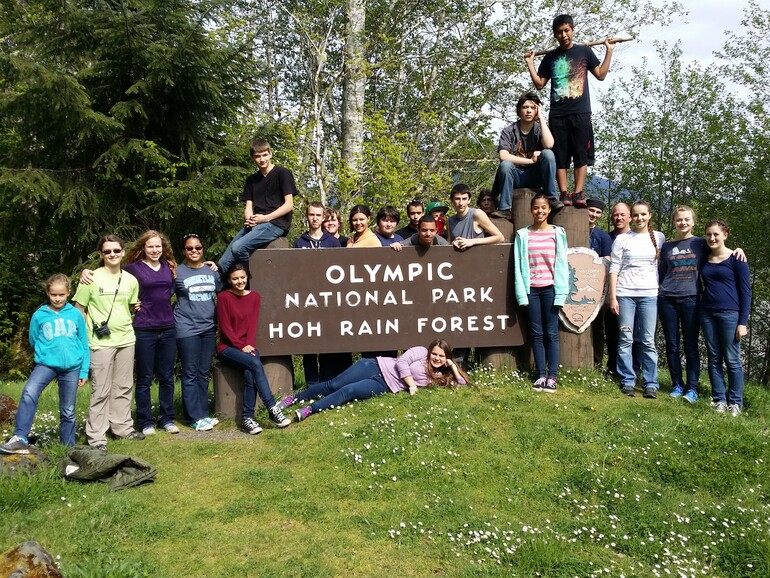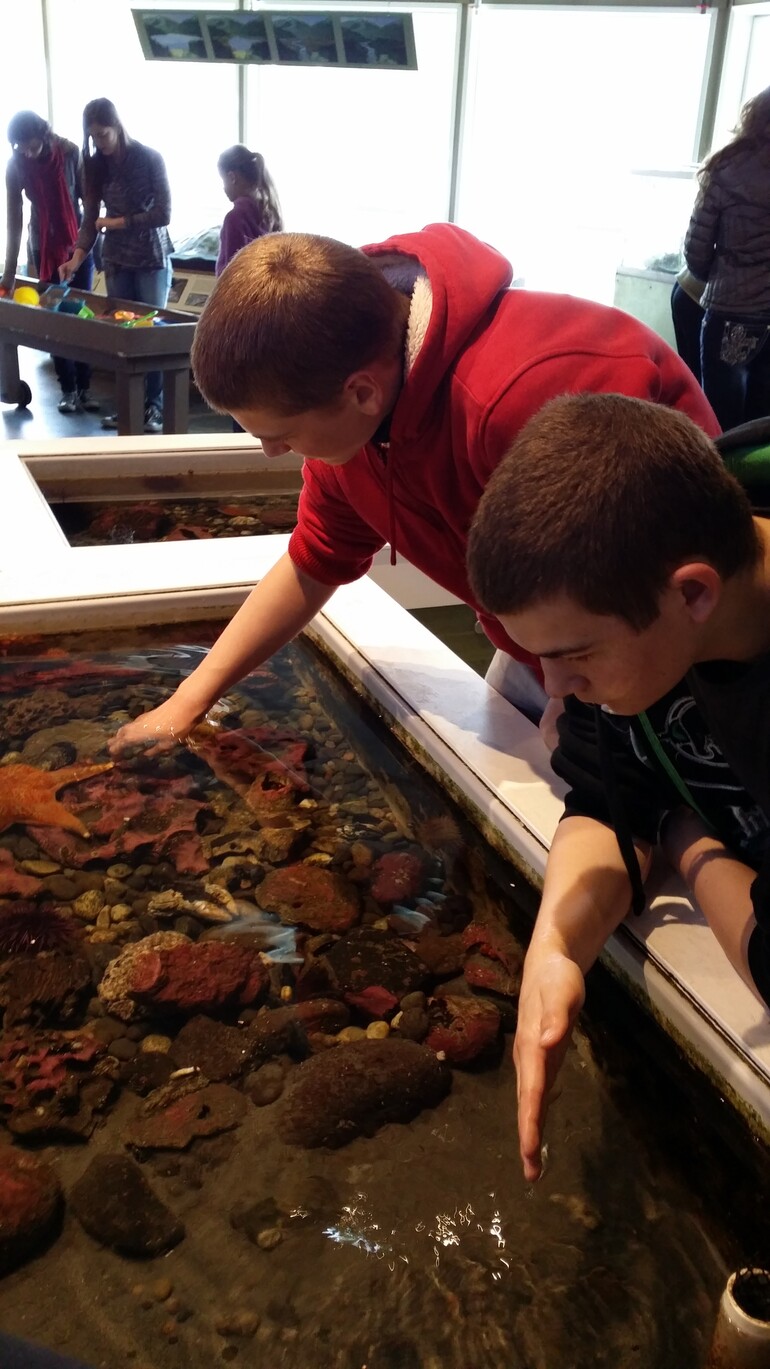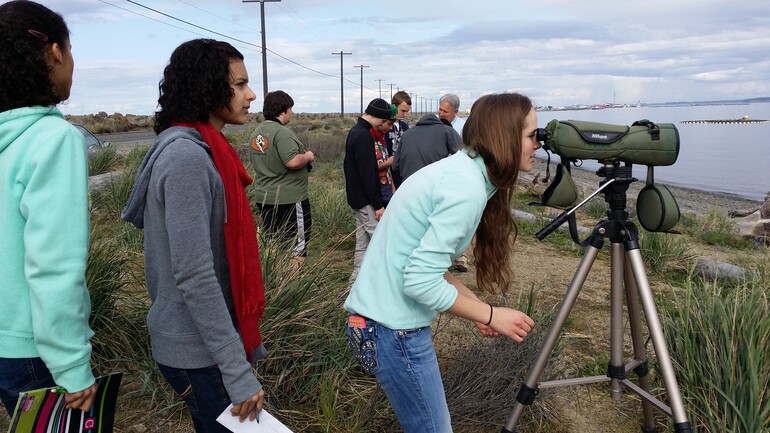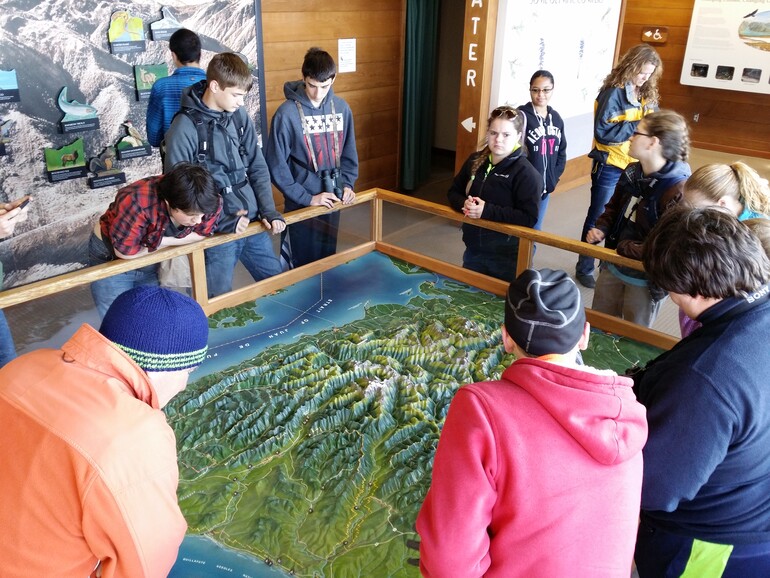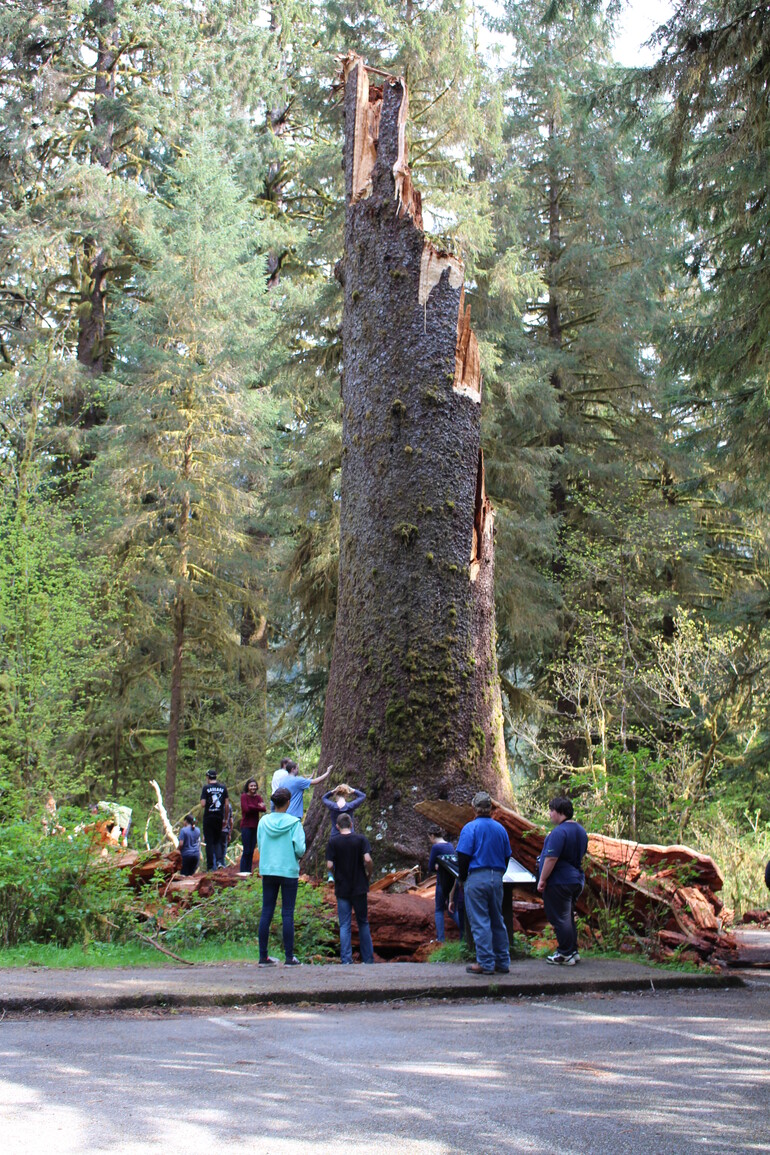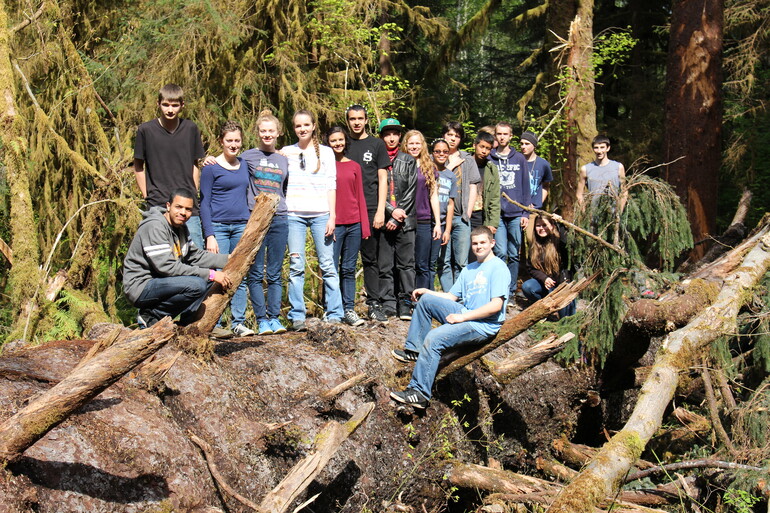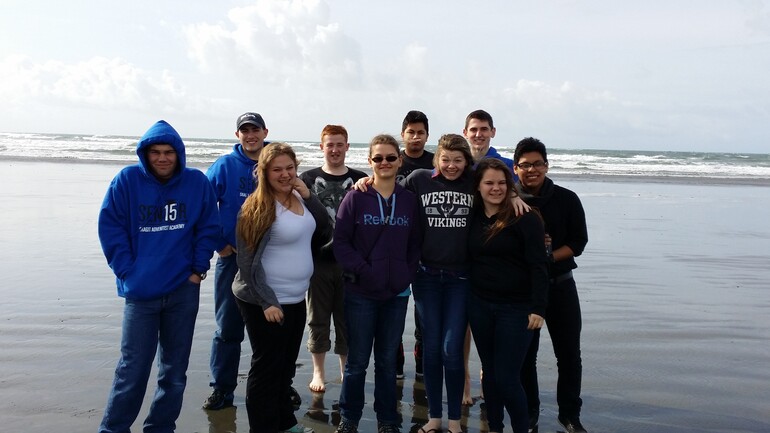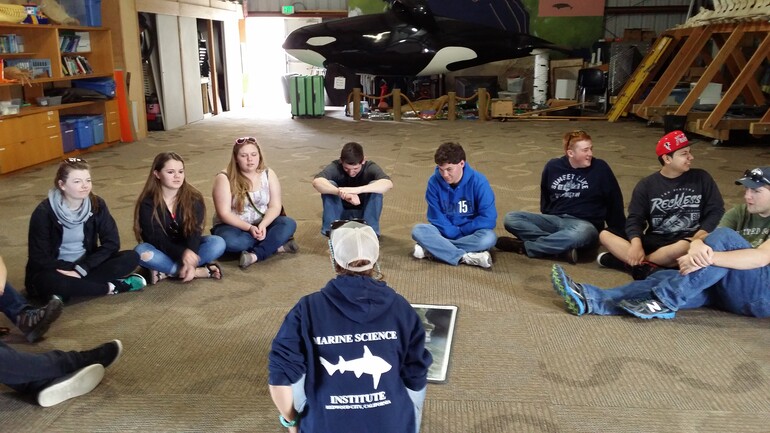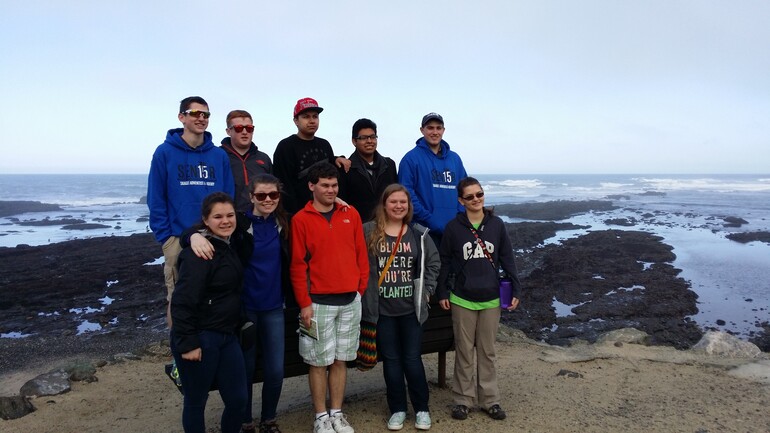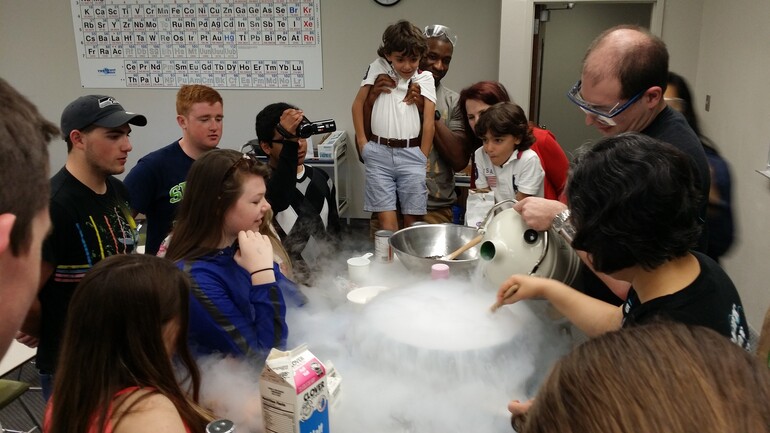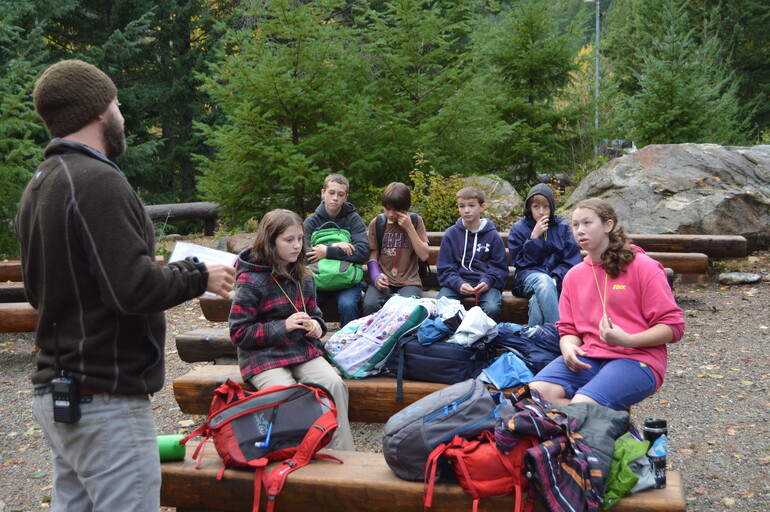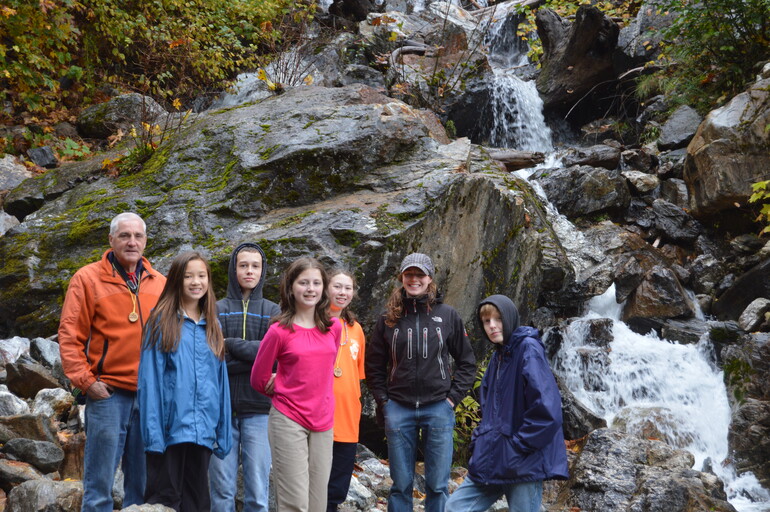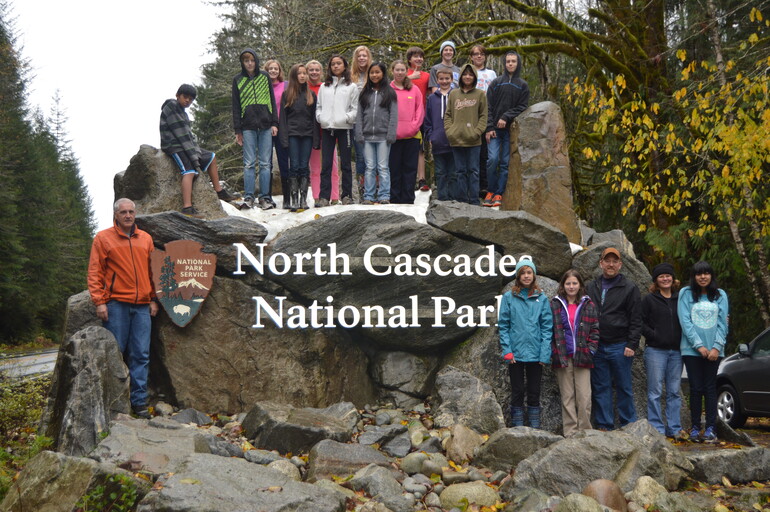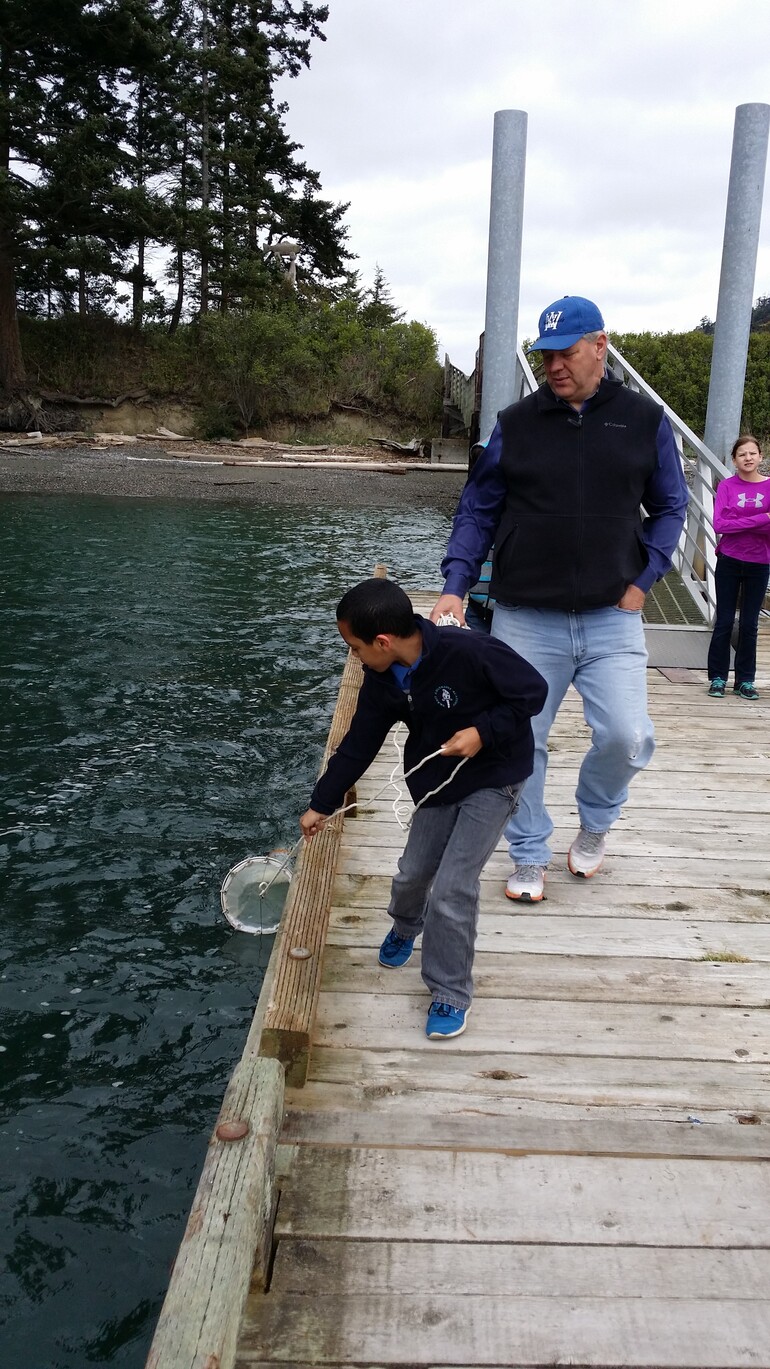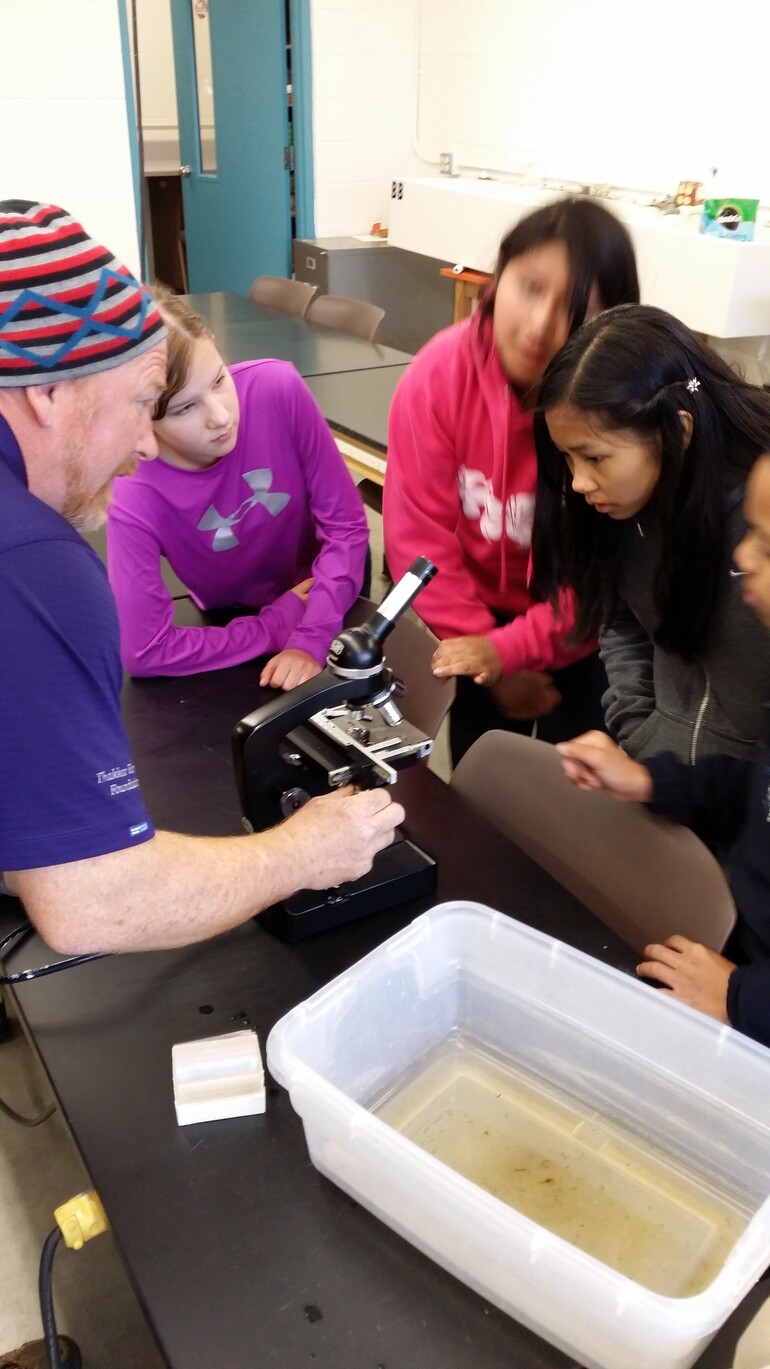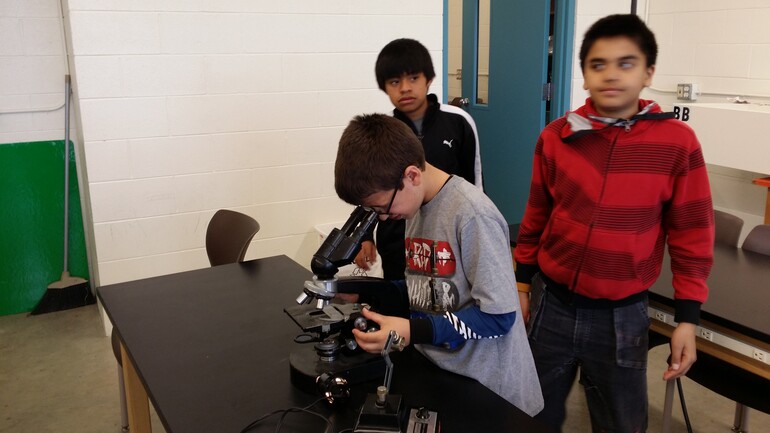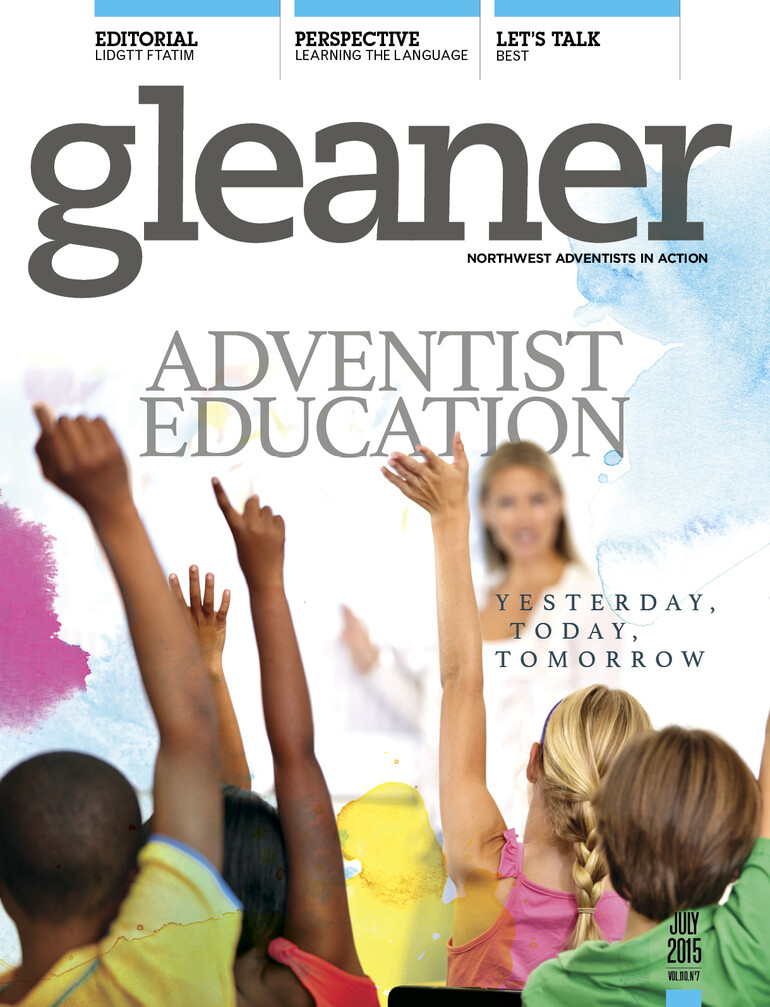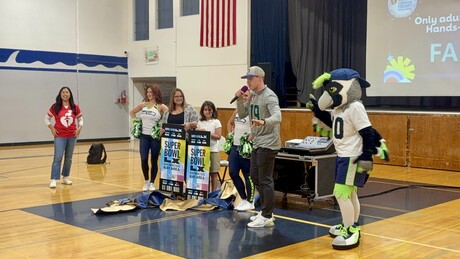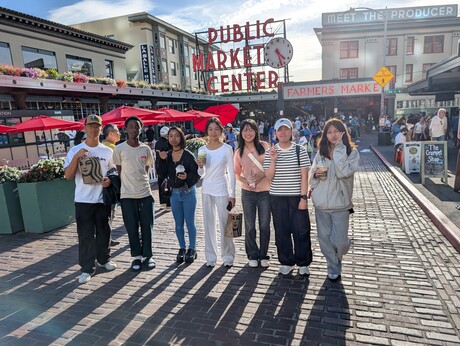The Skagit Adventist Academy (SAA) science program in Burlington, Wash., became “full-contact” this year as the majority of the school participated in a wide variety of science field trips. The activities ranged from plankton fishing to indoor skydiving. During each field trip, the object was to get a hands-on experience in science.
The teacher Aubrey Fautheree is no stranger to the Northwest but recently joined the SAA faculty from Tampa, Fla., at the beginning of the 2014–2015 school year. Former students from Gem State Academy, in Caldwell, Idaho, may remember Fautheree’s field trips to San Francisco, Calif.; Rosario, Wash.; and the local biology haunts of Idaho. His enthusiasm for the sciences and exploring God’s vast creation is infectious, and even the less-enthused students become engaged in the experience. Fifth-graders and up have encountered at least one full day of Fautheree’s science trips that ventured anywhere from Anacortes to San Francisco.
The fifth, sixth and seventh grades took a full day to go to the Walla Walla University's Rosario Marine Beach Laboratory, where students collected plankton and then identified the different varieties under a microscope. “It was great to watch these students engage,” says parent and volunteer Jennifer Beilas. “It was fun to see the wonderment as each student looked through the microscope.”
Grades seven and eight attended the North Cascade Institute on the shores of Diablo Lake in the North Cascades National Park. The three days of exploration and instruction included classes by environmental education graduate students from Western Washington University and National Park rangers. Students also engaged with the local staff and debated the long-term effects of reintroducing wolves in the North Cascade range.
Freshmen, sophomores and juniors explored the Hoh Rainforest of Washington state and Hurricane Ridge in the Olympic Mountain Range during a three-day camping trip. Students were exposed to three unique ecosystems (marine, rainforest and alpine) during the trip. They marveled at the wide variety of organisms encountered and the way each was created individually suited to live in its own niche.
Juniors and seniors took the longest science field trip — and elected to go during Spring Break. The weeklong road trip allowed the students to experience God’s creative power as they made two science-related stops a day. The Redwood National Park, the Marine Science Institute, the tide pools of the Fitzgerald Marine Reserve and the Exploratorium — a museum of science, art and human perception — are just a few of the places they visited on their journey to San Francisco.
SAA students appreciate the enthusiasm their teacher brings into and especially out of the classroom. “Science is not a passive subject where ideas and facts are discussed only in a classroom,” says Fautheree. “Science is active, hands-on and full-contact at this school. I want our students to see the wonder and awe of God in science and make sure they understand fundamental concepts that will help them through college and in life.”





